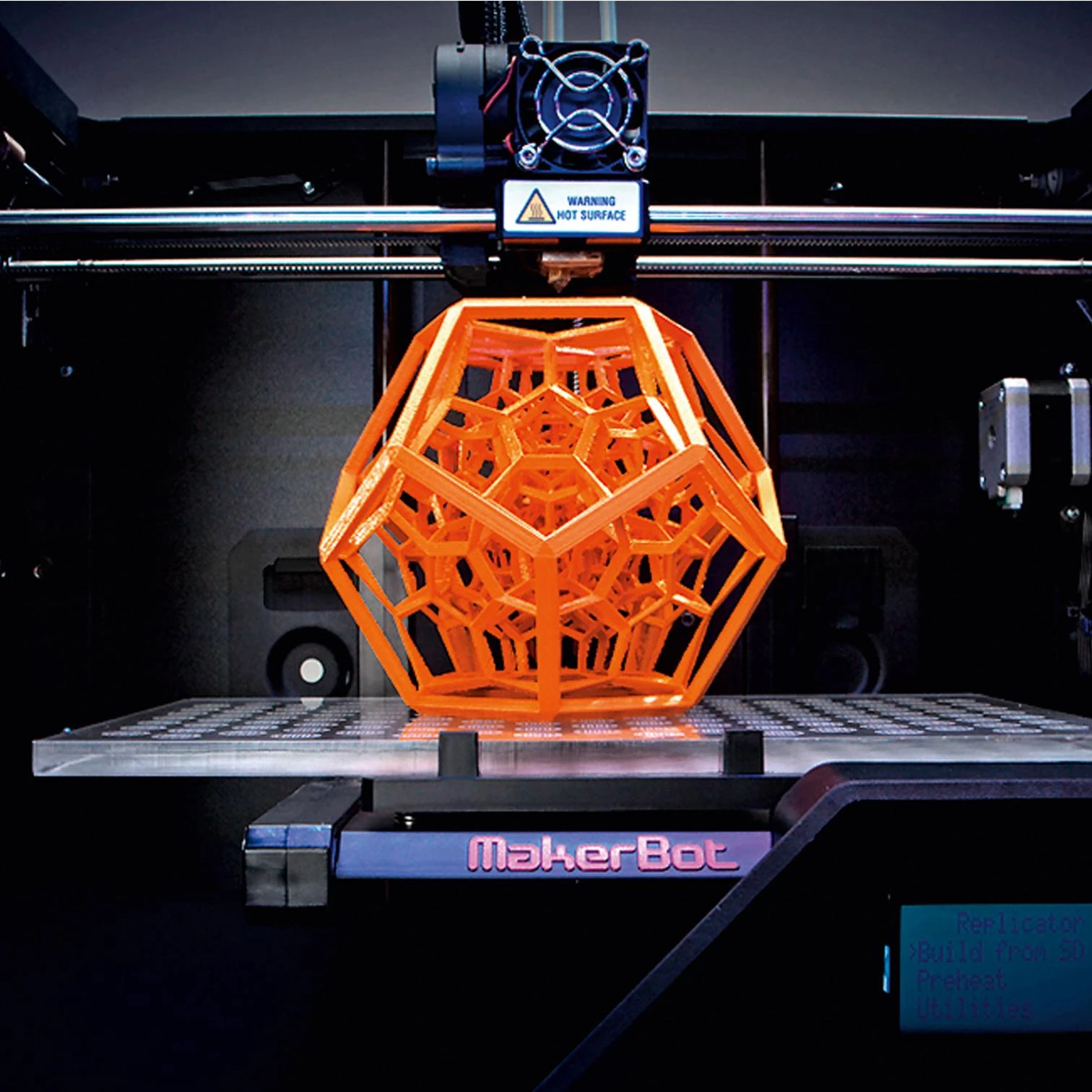
A new Third Industrial Revolution manufacturing model has seized the public stage and is growing exponentially. Hundred of companies are now producing physical products the way software produces information in the form of video, audio, and text. It’s called 3D printing.
Printers are already producing products from jewelry and airplane parts to human prostheses. And cheap printers are being purchased by hobbyists interested in printing out their own parts and products. The consumer is beginning to give way to the prosumer as increasing numbers of people become both the producer and consumer of their own products.
Three-dimensional printing differs from conventional centralized manufacturing in several important ways.
First, there is little human involvement aside from creating the software. The software does all the work, which is why it’s more appropriate to think of the process as “infofacture” rather than “manufacture”.
Second, the early practitioners of 3D printing have made strides to ensure that the software used remains open source, allowing prosumers to share new ideas with one another do-it-yourself hobbyist networks. The open design concept conceives of the production of goods as a dynamic process in which thousands – even millions – of players learn from one another by making things together.
Third, the production process is organized completely different than the traditional manufacturing process. Three-dimensional printing is additive infofacturing, which uses one-tenth of the material of subtractive manufacturing, giving the 3D printer a substantial leg up in efficiency.
Fourth, 3D printers can print their own spare parts without having to invest in expensive retooling and the time delays that go with it.
Fifth, the 3D printing movement is deeply committed to sustainable production and its emphasis is on durability and recyclability and using nonpolluting materials.
Sixth, 3D printers can set up shop and connect anywhere there is a Third Industrial Revolution (TIR) infrastructure and enjoy thermodynamic efficiencies far beyond those of centralized factories, with productivity gains.
Finally, plugging into an IoT infrastructure (internet of things) at the local level gives the small infofacturers one final, critical advantage over the verticality integrated, centralized of the nineteenth and twentieth centuries: they can power their vehicles with renewable energy whose marginal cost is nearly free, significantly reducing their logistics costs along the supply chain and in the delivery of their finished products to users.
The ability to produce, market, and distribute physical goods anywhere there is an IoT infrastructure to plug into is going to dramatically affect the spatial organization of society. Three-dimensional printing is both local and global; it is also highly mobile, allowing infofacturers to be anywhere and quickly move to wherever there is an IoT infrastructure to connect to. More and more prosumers will make and use simple products at home. Small- and medium-sized 3D businesses, infofacturing more sophisticated products, will likely cluster in local technology parks to establish an optimum lateral scale. Homes and workplaces will no longer be separated by lengthy commutes. Smaller urban centers of 150,000 to 250,000 people, surrounded by a rewilding of green space, might slowly replace dense urban cores and suburban sprawl in a more distributed and collaborative economic era.
This text is taken from The Zero Marginal Cost Society (MacMillan).





